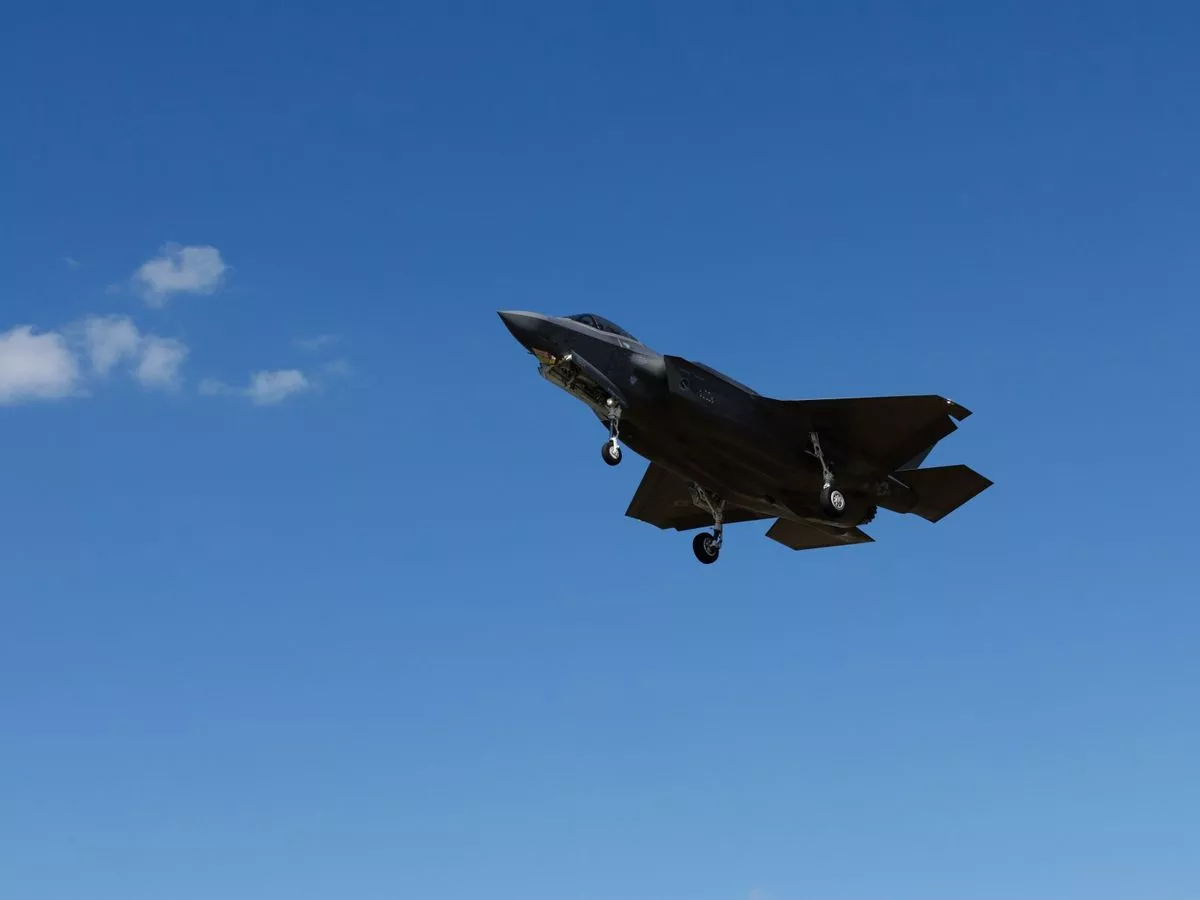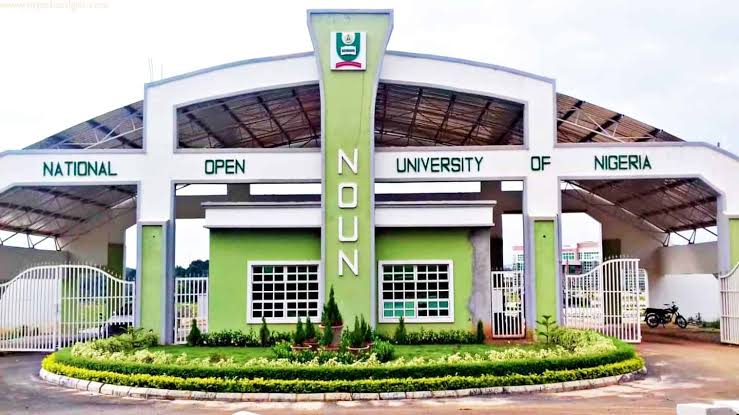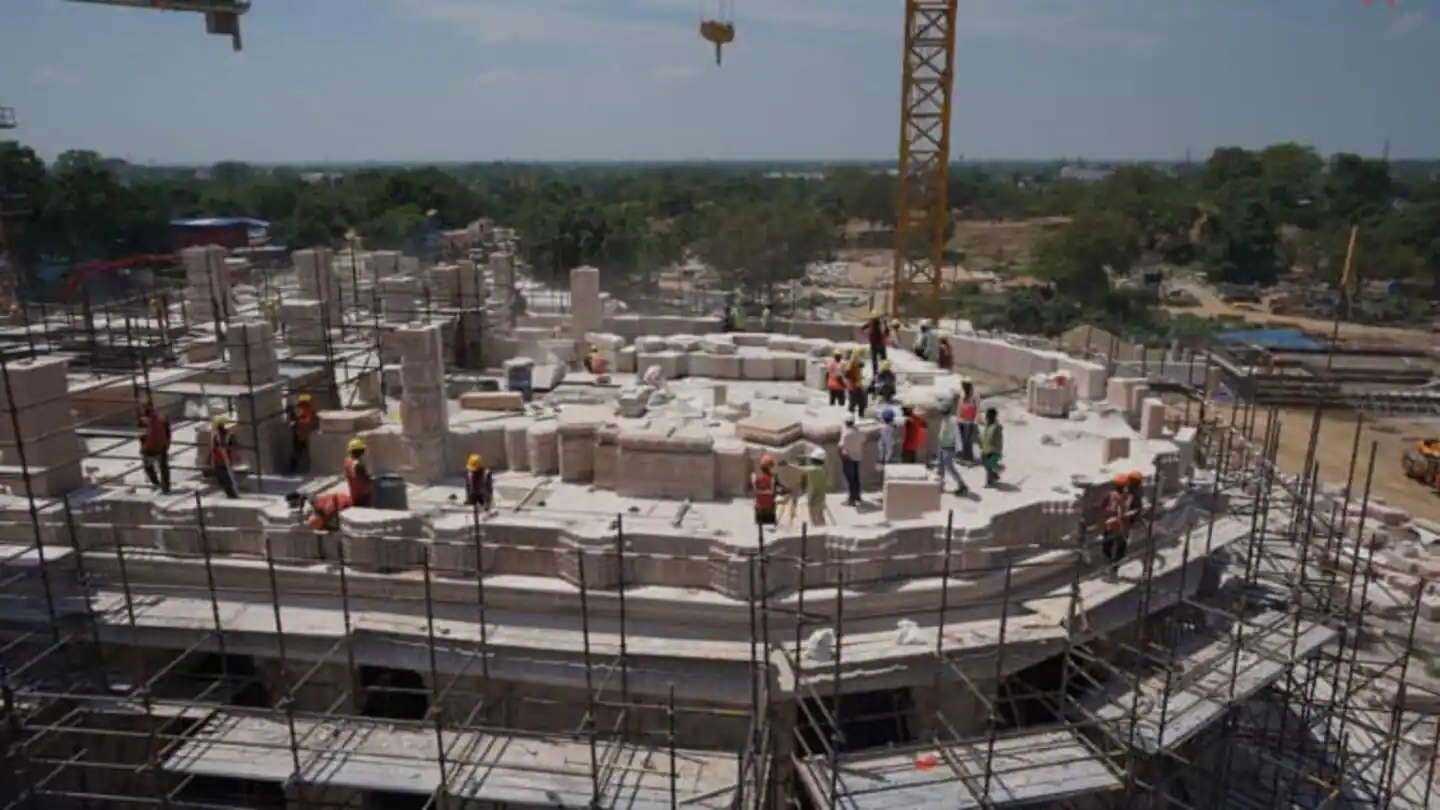By Carrington Walker
Copyright walesonline

The Royal Air Force will acquire 12 F-35A fighter jets capable of launching nuclear weapons despite worries over the aircraft’s stealth technology. Air Chief Marshal Sir Rich Knighton cautioned the force that incorporating the jets, which can reach speeds exceeding 1,100mph, into current systems would undermine their capacity to avoid radar detection. The extra dozen would bring the UK’s overall F-35 fleet to 74, with the F-35As providing the RAF with nuclear strike capability for the first time since the 1990s, and are anticipated to be stationed at RAF Marham. The WE. 177 nuclear bomb was Britain’s final airborne nuclear deterrent, serving as the primary air-delivered nuclear weapon from the late 1960s through to the 90s. F-35B variants currently operational with the RAF are supersonic aircraft that possess comparable thrust to the incoming F-35A, though with reduced operational range, reports the Daily Record . “The integration of a standoff weapon onto that platform to ensure that we’re able to maximise the value of the stealth capability,” ACM Sir Rich, who took up the role of Chief of the Defence Staff in September, cautioned MPs during a Public Accounts Committee session. “There are elements that are dependent on the US programme that we are unable to influence directly. So we are examining opportunities to use other weapon types that are already integrated. “We will consider that as part of the defence investment plan alongside the Government’s commitment to increasing stockpiles and weapons.” The F-35A represents a supremely manoeuvrable aircraft, driven by a Pratt and Whitney 135 engine delivering 40,000lbs of thrust, providing 9G performance and an operational radius exceeding 1,300 miles. As a dual-role platform, F-35As possess the capability to deploy both nuclear and conventional ordnance. Procuring this aircraft variant formed a central recommendation within the Strategic Defence Review. “There are detailed and specific requirements around certification of people, ground crew, pilots, and the infrastructure of the aircraft to ensure that we meet the exacting standards associated with handling and using nuclear weapons,” ACM Sir Rich adds. The recently appointed Chief of the Defence Staff also emphasised how instruction would be delivered through flight simulators, whilst the RAF would work alongside partner nations operating dual-combat platforms. Current F-35B variants carry solely conventional armaments, including AMRAAM and ASRAAM air-to-air missiles plus the Paveway IV laser-guided munition. ACM Sir Rich has previously argued that the RAF is not adequately exploiting the B models regarding availability and weapons integration. Britain will expand its F-35 squadron to 138 aircraft as part of its most significant initiative to bolster nuclear capabilities in decades, aimed at deterring hostile threats from states including Russia, China, and Iran.



